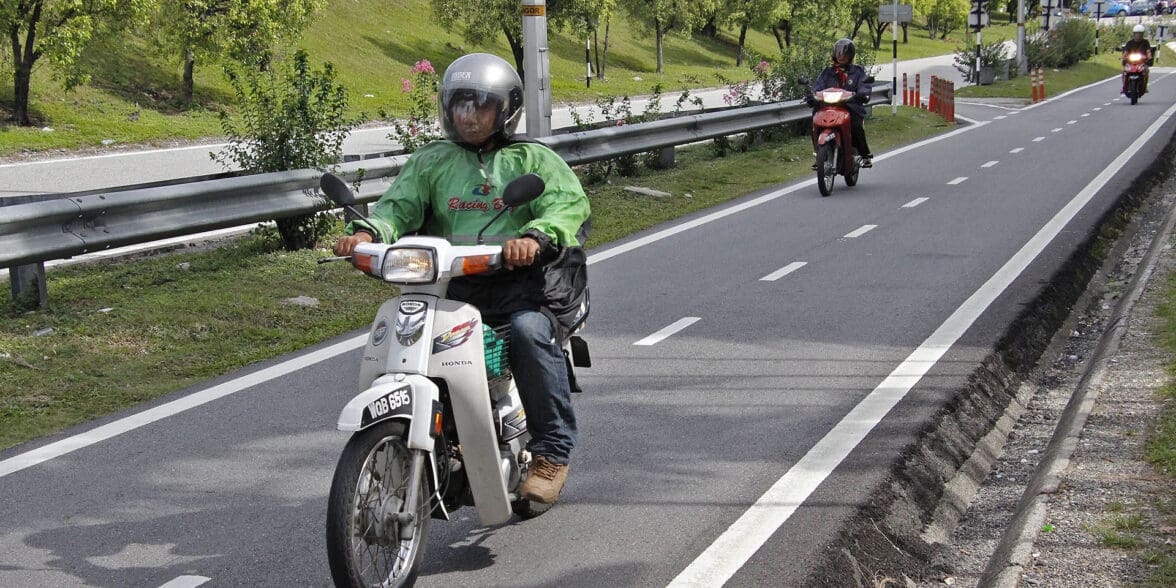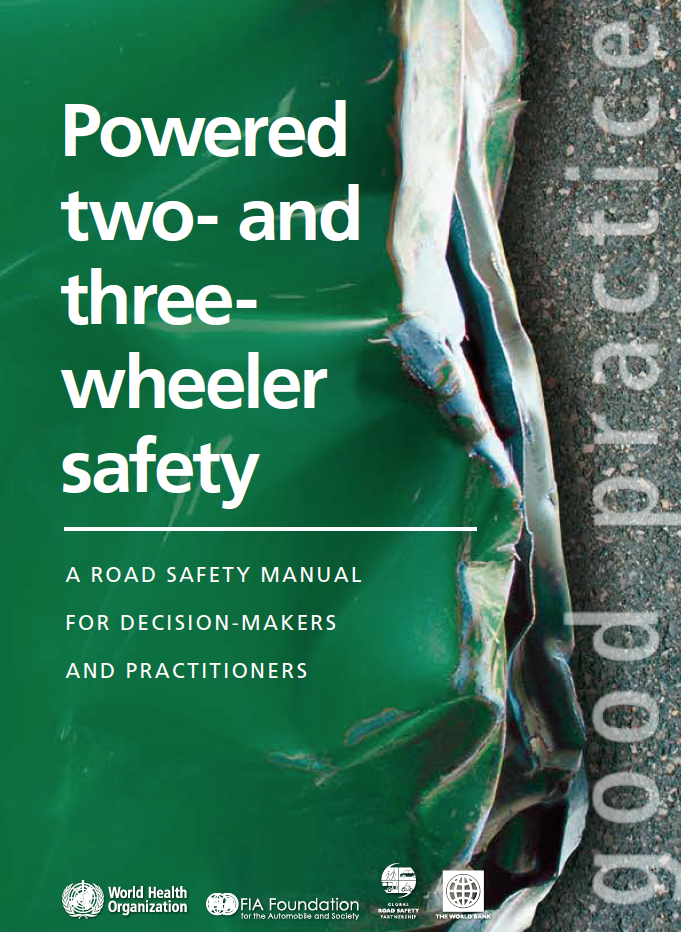Cyclists have special lanes, so why not motorcycles?
It’s not our suggestion, but one of many suggested action plans in a World Health Organisation report about motorcycle safety.
The WHO’s “Powered two- and three-wheeler safety” report is part of the 2010 United Nations Decade of Action for Road Safety and was compiled with the help of the George Institute for Global Health, University of Sydney. Several Australian studies are also cited.
It claims exclusive motorcycle lanes are proven to reduce motorcycle crashes, but only in Middle Eastern and Asian countries such as Malaysia, where motorcycles represent more than 20-30% of the traffic.
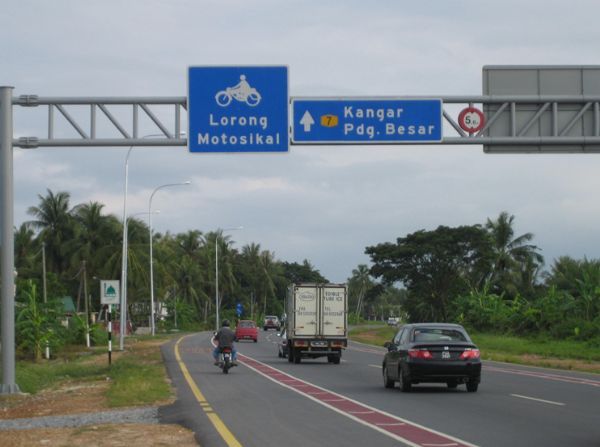
However, it should reignite debate about the use of bike lanes for filtering at 30km/h or less and universal use of bus, carpool and high-occupancy lanes.
The report says road traffic crashes kill 1.25 million people each year and powered two- and three-wheelers (PTWs) cause 286,000 deaths or 23%. And that rate is growing rapidly with the riding popularity of PTWs, particularly in developing countries.
Apart from identifying the problem, it also identifies the key risks and sets out an action plans, such as exclusive lanes, for governments, police engineers, planners and health authorities.
Key risks
The key risk factors are non-use of helmets; speed; alcohol; mixed traffic conditions; lack of protection from the vehicle during a crash; and lack of safe infrastructure such as poor road surfaces and roadside hazards.
In other words, nothing that hasn’t been identified before.
Action plan
However, the report says any action plan should be guided by evidence, not knee-jerk politics, or anecdotal claims, as often seems to be the case.
They have divided their action plan into proven measures, promising ideas and safety suggestions which are not supported by sufficient evidence.
Thankfully, Australia, Europe and the Americas have largely implemented the proven measures for riders.
However, we would like to see more attention on road infrastructure such as the possibility of exclusive or protected lanes and removing roadside hazards.
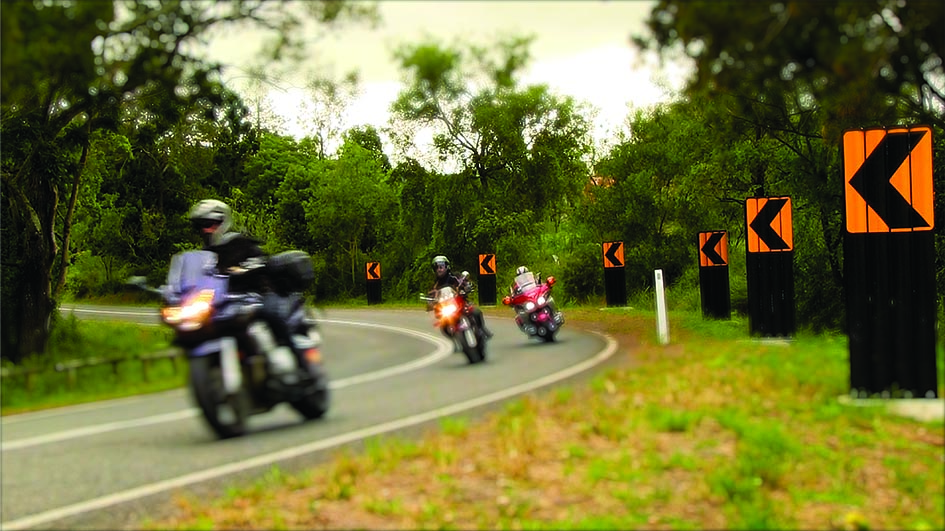
Proven measures
Safer roads: exclusive motorcycle lanes.
Safer vehicles: ABS.
Safer riders: mandatory helmets, helmet standards, stronger penalties, mandatory vehicle registration, mandatory rider licensing, compulsory skills test.
Promising measures
Safer roads: protected turn lanes and widened shoulders or lanes, removing roadside hazards, speed bumps and traffic calming, better roads.
Safer vehicles: headlights at night, daytime running lights.
Safer riders: demerit points, reflective clothing, protective clothing, graduated licensing.
Post crash response: On-site helmet/collar brace removal.
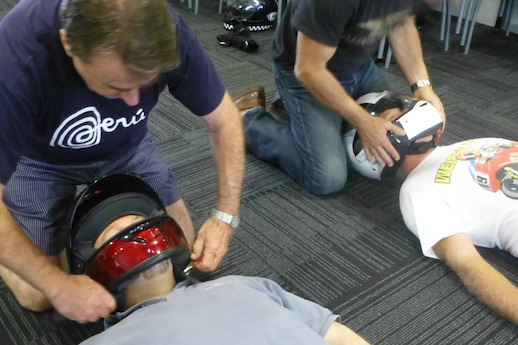
Insufficient evidence
Safer roads: new roadside barriers.
Safer vehicles: stability controls, airbags, intelligent transport systems and brake lights.
Safer riders: thermal resistant shields, are restrictions on pillions and riders, ban on multiple pillions, mechanics inspections, minimum pillion height, and smaller engine for learners.
Voluminous tome
The 108-page report has plenty of examples of proven solutions and promising suggestions which we will bring to you over the next few weeks as we digest the ample tome.
While it’s good news that motorcycle safety has come to the UN’s attention, our concern is that governments and authorities will cherry-pick from the report.
We could easily see them using the report to ramp up and vindicate speed detection which is income-generating for them while ignoring other promising solutions that cost them money.
There is also concern that reflective and protective clothing are considered “promising measures”. How quickly will the safety Nazis go from “promising” to mandatory?


